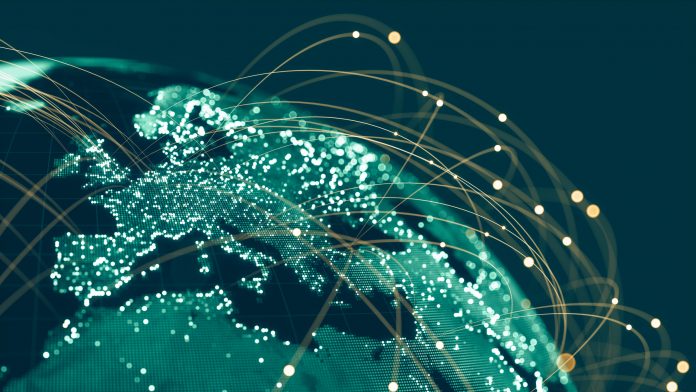The Internet has grown incredibly over the last 30 years, with 1.88 billion online websites.This has drastically changed how we communicate, conduct business, and get information.
Speaking on the data, Edith Reads from TradingPlatforms.com said. “From its humble beginnings as a government research project, the Internet has transformed how we live and interact. As we look to the future, the concept of Web 3.0 promises a more decentralised, secure, and user-centric internet experience. This will reshape the very foundation of the online world.”
The beginning of the Internet
The Internet’s origin can be traced back to the late 1960s when ARPANET, a research project funded by the U.S. Department of Defense, was established. Initially designed to create a resilient communication network in case of a nuclear attack, ARPANET eventually evolved into a groundbreaking development. It played a pivotal role in shaping the modern Internet by introducing packet-switching technology.
In 1991, Tim Berners-Lee, at CERN (the European Organisation for Nuclear Research), created the first website, “info.cern.ch.” This simple HTML page provided information about the World Wide Web project and is considered the starting point of the modern Internet.
The Internet has experienced tremendous growth in the last three decades. By 1993, approximately 130 websites were live, increasing steadily during the 1990s and early 2000s. The widespread use of personal computers played a significant role in making the World Wide Web popular.
Web 3 as the Future of the Internet
Web 3 represents a dynamic tech and Internet concept to establish a more decentralised and user-focused online experience. It is closely linked with blockchain technology, a secure and decentralised ledger system which enables the creation of DApps that can function without centralised servers.
Web 3 is determined to diminish the authority’s influence and dominance over the Internet, emphasising decentralisation to enhance security, privacy, and user autonomy. It is often considered the future of the Internet, embodying a vision with evolving ideas. However, the full shift to Web 3 faces complexities owing to technical, social, and regulatory hurdles.
Editor's Recommended Articles
-
Must Read >> The dawn of a cyber-physical internet














